Therapeutic massage techniques offer a promising approach to achieving lasting pain relief, addressing both physical and emotional discomfort. Experts recognize Massage as a valuable tool in pain management, as it eases muscle tension and enhances overall well-being. Different methods, like Swedish massage and trigger point therapy, target specific issues with precision.
Yet, how do these approaches truly transform chronic pain? Exploring their mechanisms and benefits reveals a more profound impact on the quality of life.
Key Takeaways
- Swedish massages utilize long, flowing strokes to reduce muscle tension and enhance circulation, providing lasting pain relief.
- Trigger Point Therapy applies deep pressure to release tension in specific muscle knots, promoting sustained comfort and relief.
- Self-massage with Shiatsu techniques targets meridian points for ongoing pain management and personal empowerment.
- Combining Massage with mindfulness enhances relaxation and resilience, supporting long-term pain reduction.
- Integrating Massage with acupuncture offers complementary pain relief for chronic conditions, ensuring lasting results.
Understanding the Role of Massage in Pain Management
While pain management remains a complex challenge for many, therapeutic Massage has emerged as a widely sought-after intervention for alleviating discomfort across multiple conditions. For those seeking relief, therapeutic massage techniques for pain relief offer a sense of hope and connection through customized care. Research, spanning 129 systematic reviews from 2018 to 2023, reveals moderate-certainty evidence supporting the use of Massage for conditions such as chronic low back pain, labor pain, and fibromyalgia, although high-certainty evidence remains elusive.
Despite 92% of consumers believing in its efficacy, scientific consensus highlights varied outcomes, often not surpassing active therapies. Still, for specific cases, Massagerovides is a valuable tool, fostering a shared experience toward wellness. Integrating it with physical therapy shows promise, inviting persons into a supportive community of healing. Additionally, recent guidelines from the American College of Physicians recommend nonpharmacological options for acute and subacute conditions.
Key Mechanisms Behind Pain Relief Through Massage
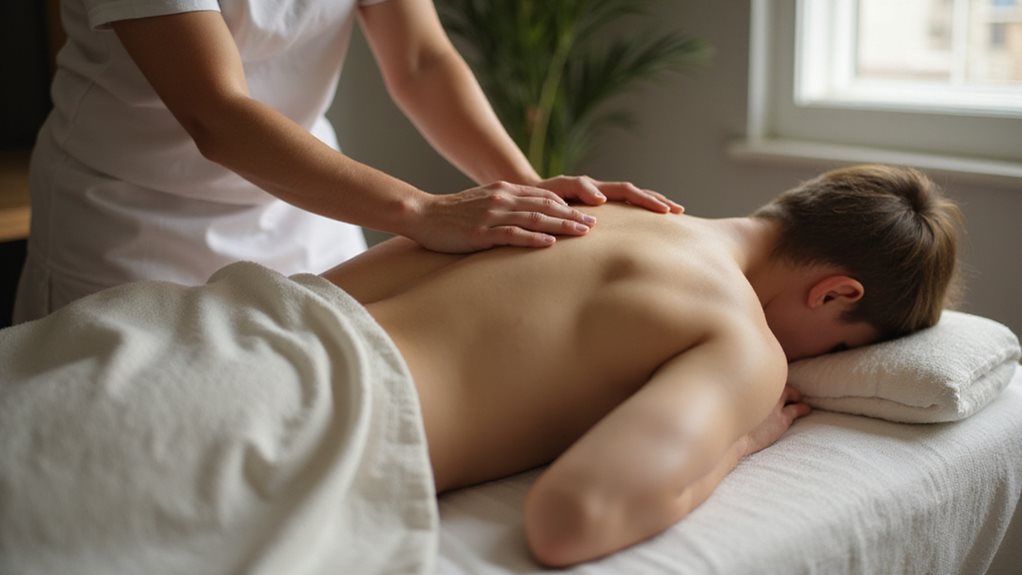
Exploring the science of therapeutic Massage reveals a multifaceted approach to pain relief that engages various physiological and psychological mechanisms. It improves blood flow, releases endorphins, and calms the nervous system, thereby reducing stress hormones, including cortisol. By stimulating mechanoreceptors, massage blocks pain signals and fosters relaxation, inviting a sense of peace within the body.
Additionally, massage techniques target specific areas, such as the back and neck, to effectively relieve chronic pain.
Visualize the impact through this framework:
| Mechanism | Effect on Body |
|---|---|
| Mechanical Pressure | Eases muscle tension and increases mobility |
| Nervous System Modulation | Suppresses pain via gate control |
| Biochemical Response | uplifts mood with endorphin release |
These interconnected processes create a nurturing space for healing, uniting mind and body in a shared expedition toward comfort and restoration.
Benefits of Massage for Chronic Pain Conditions
Compassion for those enduring chronic pain finds a powerful ally in therapeutic massage practice, increasingly recognized for its multifaceted benefits. For many, it offers significant pain reduction, outperforming no-treatment options and showing moderate-certainty evidence in systematic reviews. It eases disability in conditions like chronic low back pain and improves mobility by relaxing tense muscles and joints.
Beyond physical relief, Massage lifts mental well-being, reducing anxiety, stress, and depression while fostering psychological balance. It reduces inflammation, enhances blood flow, and improves sleep quality, thereby contributing to better overall daily function. Regular sessions can enhance these effects, providing sustained nonpharmacological relief.
As a nonpharmacological approach, it supports a higher quality of life, helping people reclaim a sense of normalcy and community through shared healing experiences.
Exploring Swedish Massage for Relaxation and Relief

Persons seeking relief from chronic pain often find therapeutic Massage a valuable tool. Among its many forms, Swedish Massage stands out for its focus on relaxation and overall well-being. Characterized by long, flowing strokes and gentle kneading, it improves circulation, reduces muscle tension, and promotes a sense of calm. This approach not only eases physical discomfort but also supports mental health by mitigating stress and anxiety through lowered cortisol levels.
For those yearning to connect with holistic care, Swedish Massage offers profound benefits:
- Physical renewal: Improved blood flow nourishes tissues, fostering healing.
- Emotional balance: Stress relief nurtures a peaceful mind.
- Community in care: Shared experiences of relaxation build a sense of belonging.
Additionally, Swedish Massage employs specific techniques, such as effleurage and petrissage, to enhance flexibility and joint mobility, thereby contributing to overall physical wellness.
Trigger Point Therapy for Targeted Pain Reduction
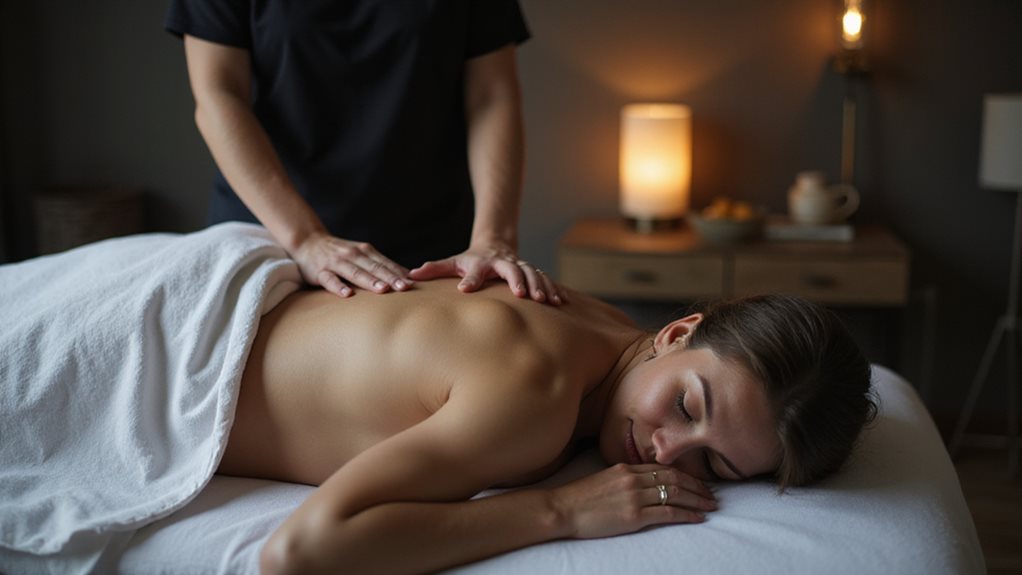
While Swedish Massage offers broad relaxation, trigger point therapy provides a focused approach to pain reduction by targeting specific areas of muscular distress. This technique homes in on hyperirritable spots within taut muscle bands, often felt as nodules, which cause localized or referred pain. Therapists apply deep pressure or ischemic compression to release tension, improve circulation, and break the cycle of pain and muscle guarding.
For those seeking relief, this method provides a sense of connection to their bodily senses, addressing issues such as reduced mobility and chronic tension. By enhancing tissue oxygenation and interrupting pain signals, trigger point therapy fosters lasting comfort. Additionally, this therapy can elicit a unique response, often observed as a visible muscle twitch, confirming the precise location of the trigger point.
It’s an accurate, empathetic path to reclaiming ease, welcoming participants into a community of healing and understanding.
Shiatsu and Self-Massage for Improved Sleep and Comfort

Shiatsu, a traditional Japanese massage technique, has been demonstrated through clinical evidence to significantly improve sleep quality, particularly for individuals with chronic pain or sleep disturbances. Self-massage practices, such as Hand Self-Shiatsu, provide a practical way for individuals to promote comfort and relaxation at home, supporting improved sleep. These approaches, grounded in activating the body’s natural relaxation responses, provide accessible paths to enhanced well-being.
Recent studies also highlight Shiatsu’s effectiveness in trauma relief, further supporting its role in improving mental and emotional balance.
Shiatsu Enhances Sleep
Many people struggling with sleep disturbances may find relief through the gentle yet effective practice of Shiatsu, a therapeutic massage technique rooted in traditional Japanese medicine. Research shows Shiatsu, combined with standard care, improves sleep quality, with Pittsburgh Sleep Quality Index scores rising by 1.82 points after eight weeks. It targets sleep efficiency and disturbances, reducing stress-related cortisol through focused practice, mainly benefiting older adults with chronic low back pain.
A recent study from the University of Alberta also highlights how hand self-shiatsu helps young athletes recover from concussions by improving sleep quality.
Shiatsu fosters a deeper connection to wellness with:
- Holistic Harmony: It eases both physical pain and mental stress, inviting restful sleep.
- Community of Care: Shared healing practices build a sense of belonging.
- Enabled Rest: Sustained benefits would allow persons to reclaim peaceful nights.
Self-Massage Promotes Comfort
Countless people seeking relief from daily stress and discomfort can benefit from self-massage techniques inspired by Shiatsu. By targeting meridian points with gentle pressure and stretching, individuals can release tension in high-stress areas, such as the neck and shoulders. These practices, rooted in traditional acupressure, balance energy flow, fostering a sense of calm and comfort that nurtures both body and mind.
Daily self-massage reinforces therapeutic effects, promoting improved sleep and sustained relief. It enables individuals to take control of their well-being by integrating simple yet effective methods into their daily routines. As part of a broader community seeking holistic care, practitioners find connection through shared healing.
Self-massage offers a unique path to comfort, aligning with the body’s natural lasting ease. Additionally, Shiatsu-inspired self-massage focuses on stimulating specific meridian points to enhance overall energy balance and vitality.
Combining Massage With Other Holistic Therapies

Integrating therapeutic Massage and acupuncture offers a promising collaboration, as both modalities target pain relief through unique yet complementary mechanisms, thereby enhancing overall effectiveness for conditions such as acute discomfort. Pairing Massage with mindfulness practices, such as guided breathing, can foster a deeper state of relaxation, potentially amplifying pain tolerance and emotional well-being in individuals with chronic pain.
This combined approach reflects a thoughtful strategy to address both physical and psychological aspects of healing with precision and care. Furthermore, evidence suggests that massage therapy can provide beneficial effects for specific conditions, such as chronic low back pain, making it a valuable component in a holistic pain management plan.
Synergy With Acupuncture
Harmony between therapeutic Massage and acupuncture offers a profound approach to holistic healing, blending physical and energetic modalities for improved well-being. This collaboration enhances pain relief by combining MaMassage’s ability to improve circulation and reduce muscle tension with acupuncture’s focus on energy balance and nerve modulation. Together, they address chronic conditions like knee osteoarthritis more effectively than standalone treatments, reducing inflammation and promoting natural healing responses.
For those seeking a deeper connection to their healing path, consider these insights:
- Unified relief: Both therapies target physical and energetic imbalances, fostering wholeness.
- Community in care: Joining others in holistic practices builds shared support.
- Personal empowerment: Integrated approaches reduce reliance on medication, fostering self-healing.
This combination invites a sense of belonging within a compassionate healing framework. Research supports that combining these therapies can enhance overall treatment outcomes.
Pairing With Mindfulness
Building on the collaboration between therapeutic Massage and acupuncture, attention now shifts to its powerful alignment with mindfulness practices. This integration fosters a profound sense of connection, improving both physical relief and affective well-being through present-moment awareness. By combining Massage with mindfulness, participants experience reduced anxiety, improved mood, and better pain tolerance as they learn to reframe discomfort.
Additionally, mindfulness enhances the therapist-client relationship by cultivating compassion and presence, further deepening the healing experience.
| Benefit | Impact of Combined Approach |
|---|---|
| Stress Reduction | Lowers anxiety via present-moment focus |
| Pain Management | Improves tolerance through mental clarity |
| Mood Improvement | Addresses depression alongside physical pain |
| Physical Relaxation | Slows heart rate, deepens breathing |
| Self-Compassion | Builds resilience for long-term coping |
Together, these practices form a nurturing, holistic path to lasting relief and a sense of belonging.
Evidence Supporting Massage for Musculoskeletal Issues
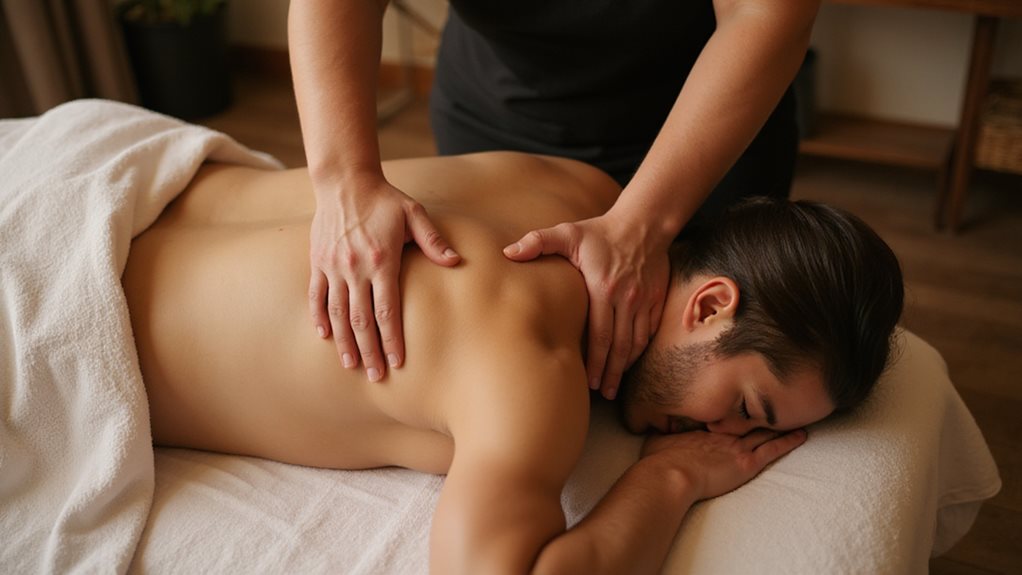
While musculoskeletal issues often challenge people with persistent pain and limited mobility, therapeutic Massage emerged as a well-supported intervention for alleviating these concerns. Research highlights its effectiveness in reducing pain intensity (SMD -1.14 vs. no treatment) and providing lasting relief for sub-acute and chronic low back pain compared to inactive controls. It also improves functional outcomes and elevates quality of life (SMD 0.14), while aiding muscle recovery by reducing soreness and increasing circulation.
Additionally, a meta-study supports massage therapy as a viable option for managing musculoskeletal pain, offering a non-invasive alternative to traditional treatments.
For those seeking a sense of community in healing, consider these insights:
- Pain Relief: Massage provides a tangible reduction in discomfort, fostering a shared sense of relief.
- Improved Mobility: Enhanced function connects people through regained freedom.
- Holistic Support: Recovery benefits unite body and spirit, building collective strength.
Addressing Mental Health Through Massage Practices
People often seek relief from physical ailments through therapeutic Massage, but its benefits extend profoundly into mental health domains. Research shows that Massage decreases cortisol levels by up to 31%, easing stress and enhancing mental clarity. It elevates serotonin and dopamine, lifting mood and lessening depression in chronic pain sufferers.
Anxiety diminishes as parasympathetic activity increases, promoting relaxation and focus, as evidenced by improved task performance and changes in the electroencephalogram (EEG).
For many, this touch-based therapy fosters a mind-body connection, helping to rebuild resilience and psychological stability. Neurobiologically, it shifts brain rhythms to restorative states, supporting emotional regulation. Regular sessions can further enhance emotional well-being over time, providing lasting comfort through human connection.
By joining this healing practice, participants discover a supportive path to manage stress, anxiety, and low mood, embracing a shared experience that fosters holistic well-being.
Safety and Low-Risk Profile of Therapeutic Massage
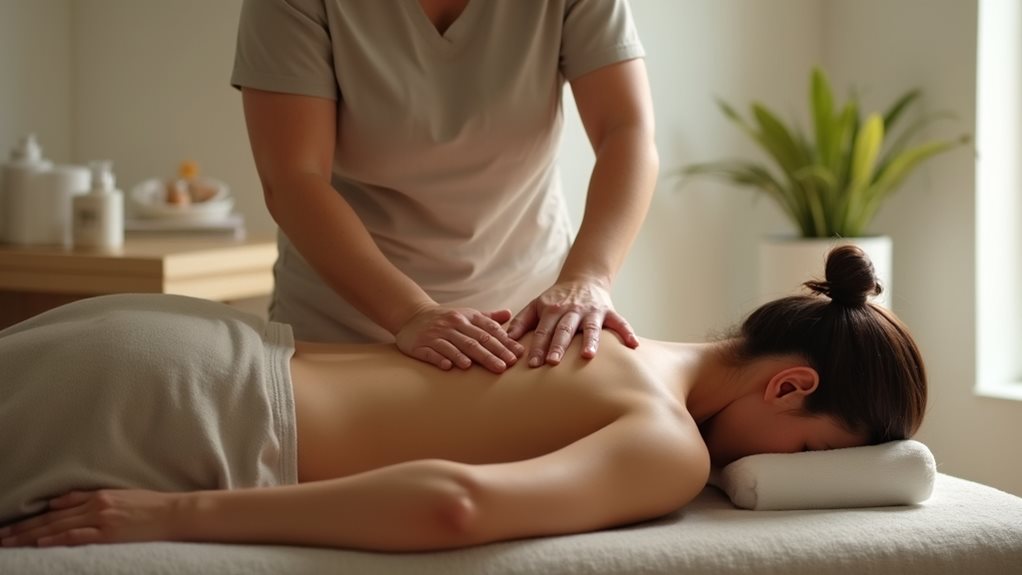
Although therapeutic massages are widely accepted for their mental and physical benefits, their safety profile remains a critical consideration for practitioners and clients alike. Serious complications, such as strokes, are exceedingly uncommon, occurring in roughly 5 per 100,000 manipulations, while most adverse effects are mild, like transient soreness. Compared to invasive treatments or medications, Massage offers a non-invasive, low-risk option, avoiding issues like addiction or systemic side effects.
To guarantee safety, the community relies on:
- Structured training equips therapists with skills to prevent injury.
- Pre-treatment assessments identify personal risks for tailored care.
- Client feedback fosters trust and enables real-time adjustments to ensure optimal outcomes.
This collective commitment to safety underscores a supportive and accessible path to pain relief within a caring network. Moreover, educational interventions that focus on ergonomic principles can significantly reduce the risk of injury for therapists, ensuring safer practice over time.
Current Trends in Massage for Pain Clinic Strategies

Many pain clinics are increasingly recognizing therapeutic massages as a valuable component of extensive pain management strategies. With moderate-certainty evidence supporting its role in reducing pain, especially for low back, neck, and shoulder conditions, massage therapy is now often integrated into multidisciplinary care alongside acupuncture and physical therapy. Clinical guidelines, such as those from the American College of Physicians, endorse it for certain types of pain, fostering a sense of inclusion in holistic healing communities.
Innovative trends include tailoring techniques, such as myofascial release, for addressing chronic issues, as well as exploring dose optimization for consistent results. Pain management algorithms position massage as a primary option, while preoperative and postoperative protocols gain traction. This collaborative approach welcomes nonpharmacological work focused on nonpharmacological relief.
Overcoming Challenges in Accessing Massage Therapy
While therapeutic Massage offers significant benefits for pain management, numerous barriers hinder equitable access to these services. Financial constraints, limited availability of licensed practitioners in rural areas, and lack of integration into primary healthcare systems often exclude many from experiencing relief. Furthermore, cultural insensitivity and fears of bias deter marginalized groups, while diversity gaps in the profession persist, limiting representation.
To foster a sense of community and inclusion, consider these insights:
- Affordability matters: Sliding-scale payments and insurance advocacy can open doors for everyone.
- Cultural safety is key: Training in competency guarantees everyone feels respected.
- Access builds trust: Community outreach in underserved areas fosters meaningful connections that promote trust and confidence.
Addressing these challenges through systemic change and empathy can guarantee that massage therapy welcomes everyone seeking healing. Additionally, recognizing the gender disparity in the industry, where women constitute 88% of therapists, highlights the need for broader representation to enhance trust and relatability among diverse client populations.
Frequently Asked Questions
How Often Should I Get a Massage for Pain Relief?
Determining the frequency of Massage for pain relief varies by individual needs. Research suggests that three weekly sessions are practical for acute pain, while weekly maintenance sessions are beneficial for chronic conditions. Tailoring schedules with professional guidance guarantees ideal, lasting benefits for all.
Can Massage Help With Post-Surgical Pain Recovery?
Could a massage possibly erase post-surgical pain overnight? Research confirms it significantly reduces pain, with meta-analyses showing remarkable short- and long-term relief. Join countless others finding comfort and recovery through this proven, supportive approach.
Are There Specific Massages for Headache Relief?
Addressing whether specific massages can relieve headaches, one finds targeted techniques exist. These focus on temples, neck, and pressure points, effectively easing tension and pain, fostering comfort and connection through skilled, caring touch.
What Qualifications Should a Massage Therapist Have?
A massage therapist’s training typically ranges from 500 to 1,000 hours, reflecting a deep dedication. They must hold state licensure, complete accredited programs, and pursue ongoing education, ensuring that every community member seeking support receives skilled and trustworthy care.
Does Massage Therapy Work for Nerve Pain?
Evidence suggests that massage therapy can effectively reduce nerve pain by improving nerve conduction and modulating pain signals. Many find relief and connection through such care, though outcomes vary based on personal conditions and studies.
Conclusion
In the garden of wellness, therapeutic Massage stands as a nurturing tree, its branches of Swedish strokes and trigger point therapy reaching deep to uproot chronic pain. Each session weaves roots of relief, fostering mobility and peace. As a steadfast guardian, massage shields against suffering, offering a sanctuary for body and mind.
Though access may be a thorny path, its healing shade promises lasting comfort to all who seek its welcome.
References
-
https://www.cochranelibrary.com/cdsr/doi/10.1002/14651858.CD001929.pub3/full
-
https://www.sciencedirect.com/science/article/abs/pii/S1360859217302365
-
https://www.ualberta.ca/folio/2021/06/hand-shiatsu-improves-sleep-in-concussed-student-athletes.html
-
https://www.health.harvard.edu/mind-and-mood/mindfulness-can-help-manage-chronic-pain
